AO Edited
Dos du Dragon
This moss-covered, rocky outcropping looks like a mythical beast resting in the water.
On the northeast tip of the Grande Comore island, a rocky protrusion jutting out into the Indian Ocean, curling into the lapping waves. Locals have long referred to the natural feature as “Dos du Dragon,” or the dragon’s back. The ridge is dotted with free-standing stones that take on the appearance of a dragon’s nubby spine. Even the moss encasing the stones helps to sell the look, creating the appearance of a verdant set of scales.
All three of Comoros’s islands, including Grande Comore where Dos du Dragon is located, formed millions of years ago due to volcanic activity. There are two volcanoes on Grande Comore—the larger Mount Karthala, which last erupted in 2006, and La Grille Volcano. Dos du Dragon likely formed during a past, unrecorded eruption.
No one knows how or when the outcropping started being called the dragon’s back. Winged, serpent-like monsters are woven into the folklore of Comoros and other East African cultures. There’s the Swahili legend of the seven-headed snake Pembe Miuri, whose skin creates a fabulous silk-like cloth, and Tanzania’s bat-winged Popobawa, a demon who attacks those who don’t believe in it—even as recently as 1995. But the Western idea of a scaly, fire-breathing, winged dragon likely came with the arrival of French colonizers in the early 17th century.
Whatever the origins of the name, it’s undeniable that the outcropping looks a lot like a sleeping dragon resting beneath the waves. Today, there’s a trail you can walk along the ridge’s spine, where you can make your own determination of what the ridge looks like.

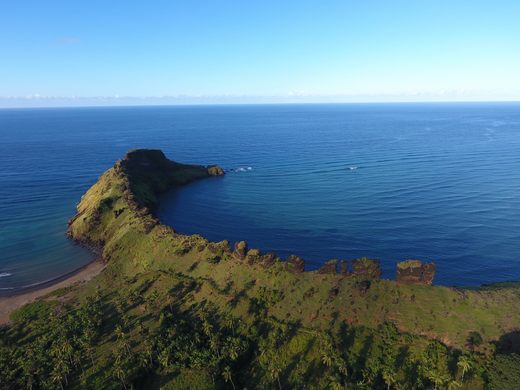




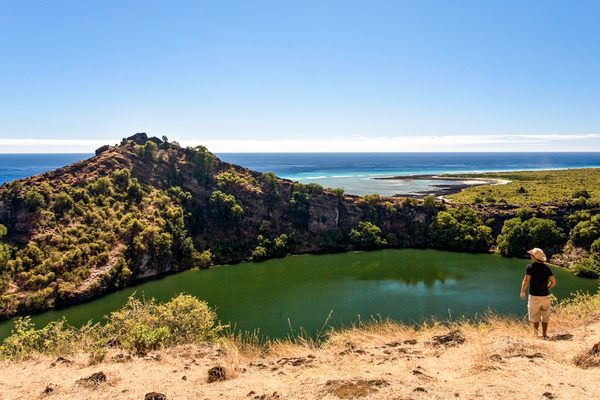

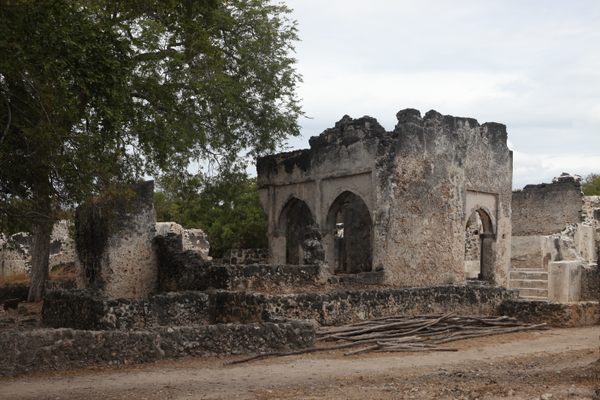



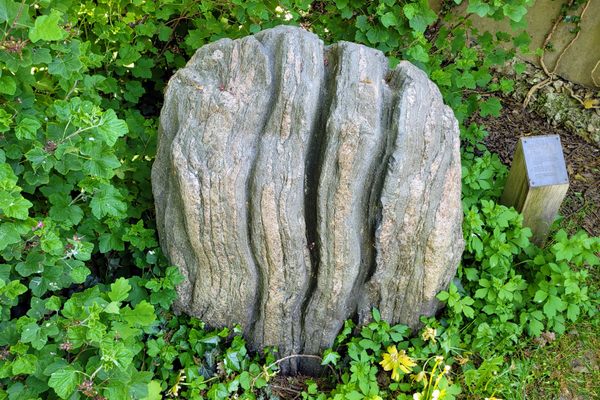
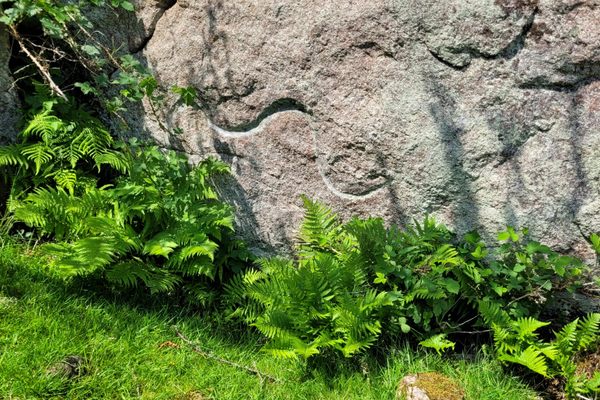


Follow us on Twitter to get the latest on the world's hidden wonders.
Like us on Facebook to get the latest on the world's hidden wonders.
Follow us on Twitter Like us on Facebook